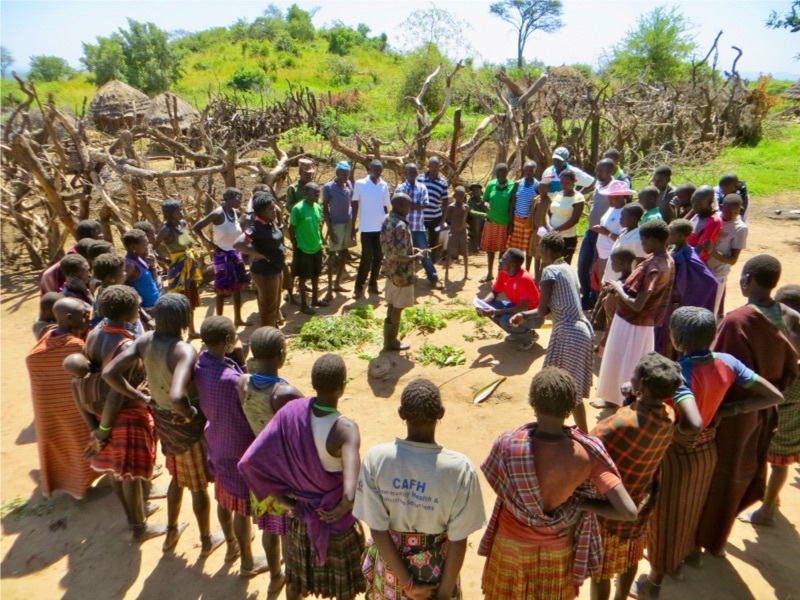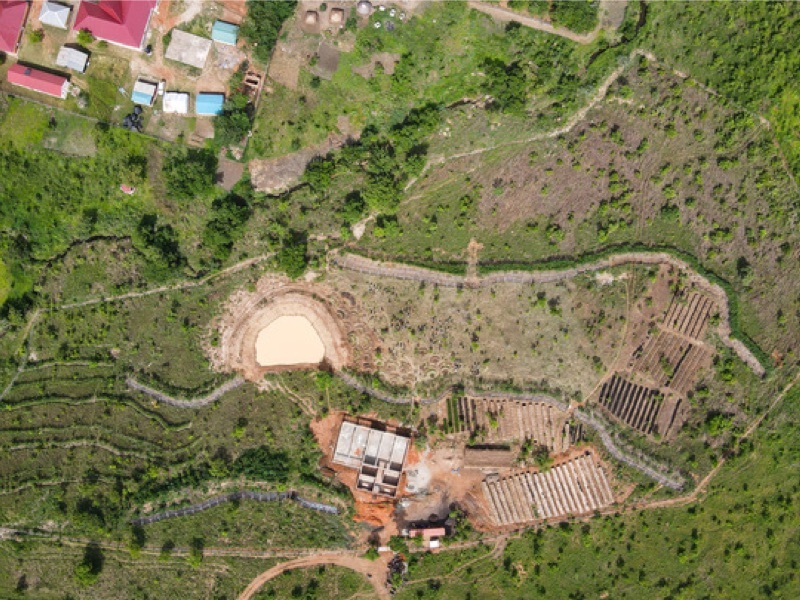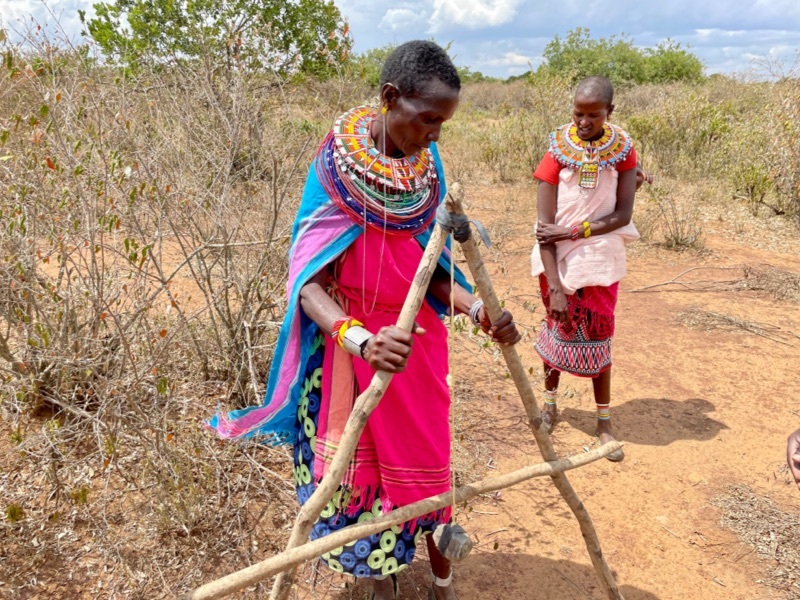The ChallengeThe Challenge
Farmers around the world are facing unprecedented environmental and weather-related shocks and stresses, compromising their food, nutrition, and economic security. Certain populations – such as refugees and smallholder, subsistence farmers – are especially vulnerable to changing rainfall patterns and severe and unpredictable droughts and flooding, especially amplified on already degraded landscapes. Coupled with these challenges are the often outdated, “one-size-fits-all” agricultural interventions promoted by international development actors. Non-localized solutions can further exacerbate farmer and ecosystem vulnerabilities.
The Solution: Resilience Design
The Solution: Resilience Design
Resilience Design (RD) is an ecologically-based approach to regenerative agriculture, specifically tailored for humanitarian and development programs. Developed by diverse partners from around the world, RD integrates principles of permaculture design, passive water harvesting, nature-based solutions, agroecology, and agroforestry, and promotes tailored, community-led interventions informed by robust assessments and advanced data techniques.
The RD Approach leads to highly productive agroecosystems that strengthen the resilience of communities and their ecological systems to natural disasters, increase food and nutrition security, regenerate biodiverse ecosystems, and stabilize hydrology.
The approach can be applied at various scales, from households (called permagardens) to farms, communities, and watersheds. The core principles remain the same at all levels: engage the community in a design process to stabilize the hydrology of the land, focus on building a healthy soil microbiome, and increase biodiversity.
Learn more about the Core Components of the RD Approach
Learn more about the history of RD and its continuing journey
Four-step RD methodologyFour-step RD methodology
The RD methodology is a four-step, circular process used to design and build context-specific sites. The process starts with engaging farmers and the local community, placing them at the center of the learning process.
-
Observe key resources and natural influences that impact the production site, both within the farm and its interdependent landscape. Assess external influences that affect the site, including social, economic, and environmental factors.
-
Analyze the resources and influences identified in the site assessment to understand the effects they have on the production system.
-
Using the information from the site assessment and site analysis, design the site for resilient production. Use the RD minimum standards and guiding principles to inform resource placement and choice of agricultural techniques.
-
Continually monitor the site to improve its production potential using established RD social, environmental, nutrition, and economic indicators.
By understanding and applying these four steps, gardeners and farmers are better able to continually adapt and evolve their production to become more resilient.
Learn more about the four-step methodology
The RD Approach encourages farmers and those who support them to think differently about agricultural development and identify ways to work with natural systems rather than against them, resulting in a more resilient and productive farming system.






